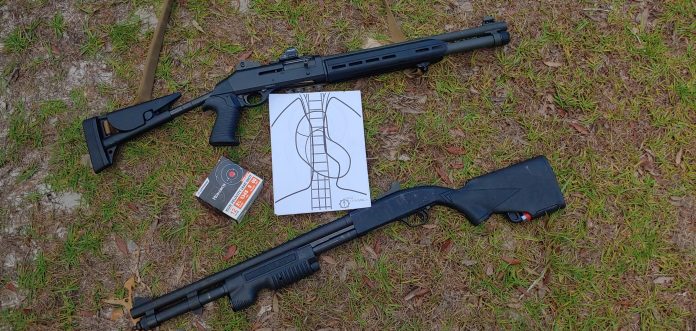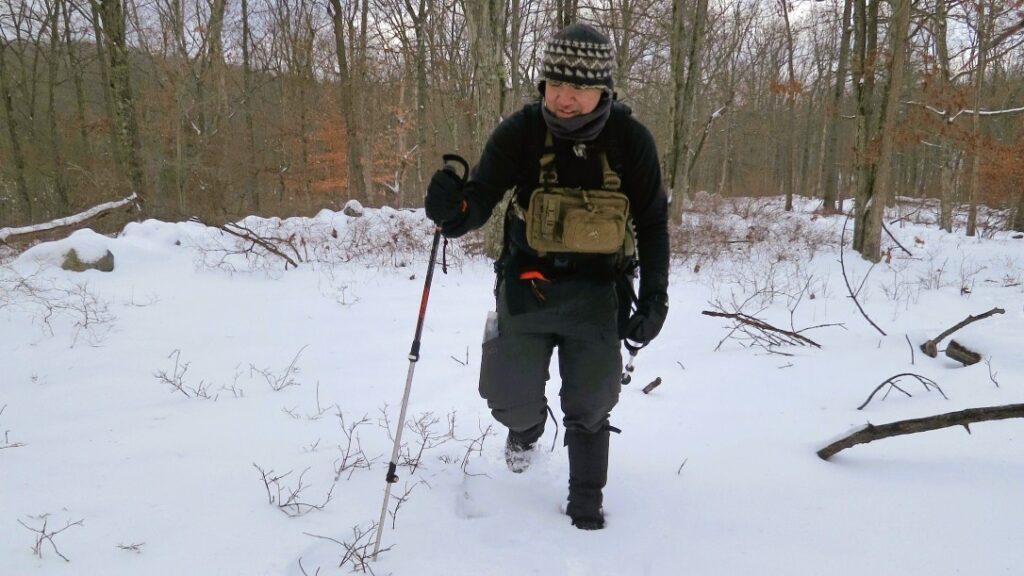I receive a dump truck’s worth of emails every day. Well, a digital dump truck… maybe a dump truck emoji’s worth… Hmm.
Anyway the first title I clicked this morning for my daily perusal was this fine piece from Medical News Today.
Lax gun laws in neighboring states may increase firearm deaths
Now, I understand legal integrity and journalistic nuance, at least a little. A study almost never proves something, the parameters of any given study are too narrow, a study can suggest correlation and point towards causation. It may very well be that if the western half of the 48 states had California like gun control universally then the border states would be the only ones with reduced effectiveness in their screening and higher death totals.
Advertisement — Continue Reading Below
That may be accurate. But, I doubt it. It is far too broad a conclusion with limited and varying data tables that does not take into account enforcement, prosecutions, recidivism, general mental health, and the thousands of other societal factors that go into someone deciding that their only course of action is the commission of a homicide or suicide.
Yes, this dubious piece is lumping those together (still) because 39,773 (Death from Gun Related Injury 2017, NCIPC) is far more provocative a number than 14,542. The MNT piece doesn’t even do us the courtesy of splitting those two numbers into suicide (23,854 firearm method of injury of 47,173 total, CDC 2017) vs homicide (14,542 firearm method of injury of 19,510 total, CDC 2017). That would confuse our poor little plebeian brains by giving us ‘context’ and that would defeat the weak premise that all we need to curb gun deaths are more gun laws. Keep in mind that suicide method of injury is only 50.56% firearm compared to homicide at 74.54%, it becomes relevant down the read.
Disregard completely that suicide and homicide are vastly different and complexly motivated human decisions, just correlate them with a single method of injury that we can declare the scariest because it happens to be the easiest and most common. I bet if we correlate ‘holes dug’ with ‘shovel use’ we can find strong chain of logical method there as well.
Advertisement — Continue Reading Below
I’m not here to pretend a firearm isn’t a weapon, it absolutely is. It’s existence as a tool for a human being to fight and survive is the efficient continuity in technological development. It’s development status today didn’t introduce humanity to violence, nor did it influence our disposition to it, we’ve been tribal and territorial our whole stint on this planet. The gun is simply today’s preferred method, until there is another that comes along. Used ethically and with discipline there is no more problem with firearms than any other item, but we cannot mandate morality anymore than we can mandate intelligence or health. The late 20th and 21st Century delusion of moral superiority, or “woke”ness, perhaps today, always seems to include a shallow and poorly thought out reason for how humans do not need individual weapons anymore, or at the least that they certainly don’t need _______ ‘grade’ of individual weapon since it is far too lethal.
Little facts like physics tend to muddy their argument a great deal but that has never stopped them or their high horse. Speaking of…
Overall, research indicates that stronger state laws governing the sale and ownership of firearms reduce firearm-related deaths. However, some states have relatively high rates of gun deaths despite strict regulations.
Advertisement — Continue Reading Below
So, some framed research suggest rules work. At least to a degree. But sometimes rules don’t work?

To investigate why this might be the case, scientists at the University of Alabama at Birmingham, and the Boston University School of Public Health at Boston, MA, looked into the effects of firearm laws in neighboring states.
Advertisement — Continue Reading Below
They used the Web-based Injury Statistics Query and Reporting System to obtain figures for firearm-related deaths in the 48 adjacent U.S. states from 2000 to 2017.
Why not Alaska? Are Russian and Canadian laws that irrelevant? [In 2018, according to Rosstat, there were 7,067 murders, and the homicide rate in Russia fell below the United States for the first time in recent history, falling to 4.9 per 100,000 compared to the US rate of 5.0 per 100,000 in 2018. This was a 25% decline from the 2017 rate of 6.1 per 100,000.]
Oh, most of the sampled time frame wouldn’t have been good for that. Also, yes, I do understand the difference in freedom of movement.
Advertisement — Continue Reading Below
There were 578,022 firearm deaths in total, including homicides and suicides, but excluding deaths due to shootings by police or other law enforcement agents.
No mention on adjustment for civilian justifiable homicide. Noted. That number is generally parallel to the Law Enforcement number and could roughly double the number of excluded deaths from the study.
The scientists also searched the State Firearm Laws Database for laws in each state regarding:
Advertisement — Continue Reading Below
- background checks
- gun dealer regulations
- buyer regulations
- gun-trafficking laws
The team used the number of these laws as a proxy for gun control strength in each state.
So number of rules on the books, that is the measure of how effective the laws are? But no accounting for prosecution and sentencing perspectives, compliance rates, or the fact that suicide isn’t a crime in any traditional sense and so legislating it is ‘difficult’, to use an overwhelmingly inadequate term. So the students used the Pelosi, Giffords, Feinstein method of “grading” gun law strength (more is better) and then determine that states with less than an ‘more’ are bringing down states with ‘more’. Got it.
Anything specifically.
Advertisement — Continue Reading Below
Overall, stronger state gun laws were associated with reduced firearm deaths, but having a neighboring state with more permissive laws undermined this protective effect.
Larger policy differences across state borders were associated with increased gun-related deaths, suicides, and homicides, though the results were statistically stronger for suicide than homicide.
Hold on…
Advertisement — Continue Reading Below
results were statistically stronger for suicide than homicide. (I told you that the suicide percentage would come back around)
By how much? This article already started with a great deal of obfuscating generalization, so I am genuinely curious. The whole Chicago line about it being everyone’s fault except theirs does’t really hold up in the data now since suicide, again a human event with far ranging motivations, was the stronger correlation? Interesting.
The authors conclude:
“This study adds to the growing literature emphasizing the role played by neighboring states’ firearm regulations in addition to own-state firearm regulations in firearm deaths. Failing to account for neighboring states with weaker laws, in some instances, can make a state’s own regulations appear less effective in reducing firearm deaths.”
Wow.. that certainly feels conclusive. This study is going in the pile of other studies that say rules that are different (more or less numerous) than other rules might produce a mixed result. Failing to account for other rules when we look at our rules, sometimes, can make our rules look less good based on a very generalized assumption that our rules (because there are more) are better in the singular context of total firearms deaths.
Seriously…















